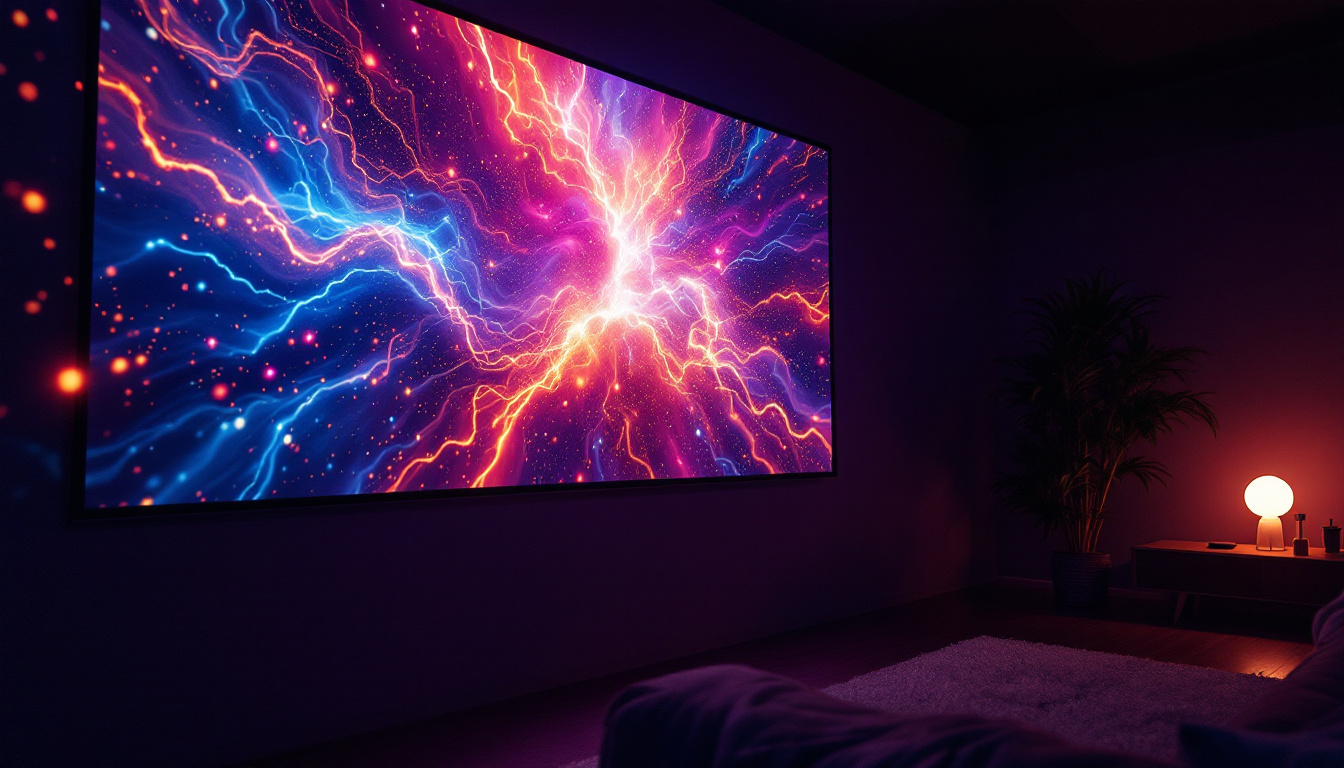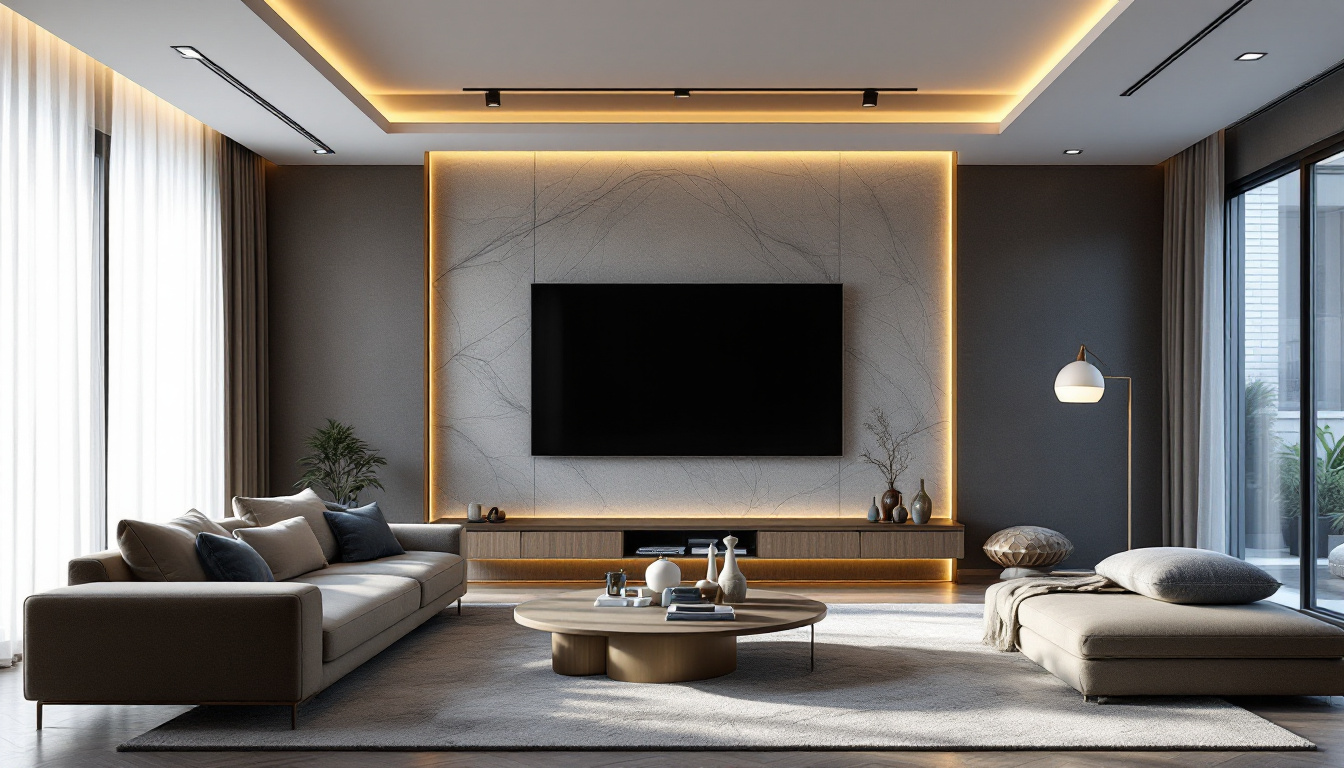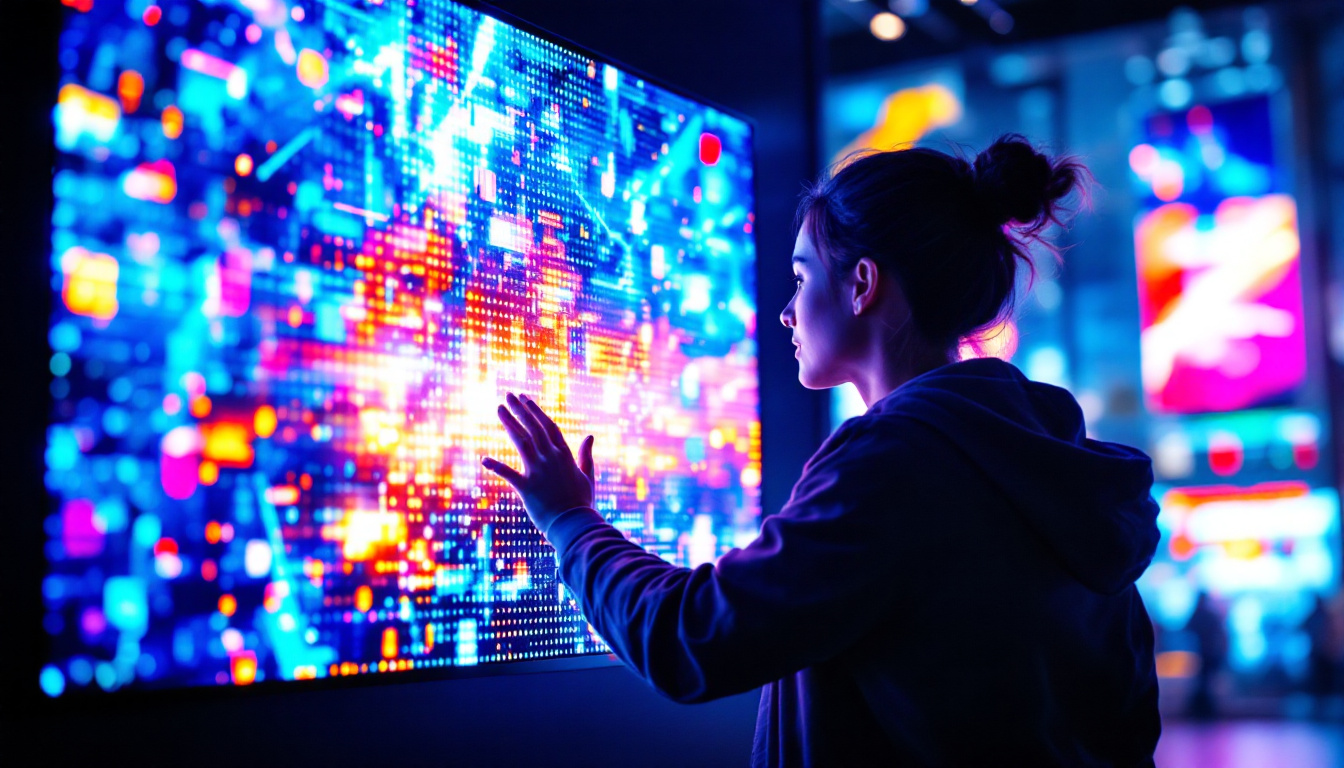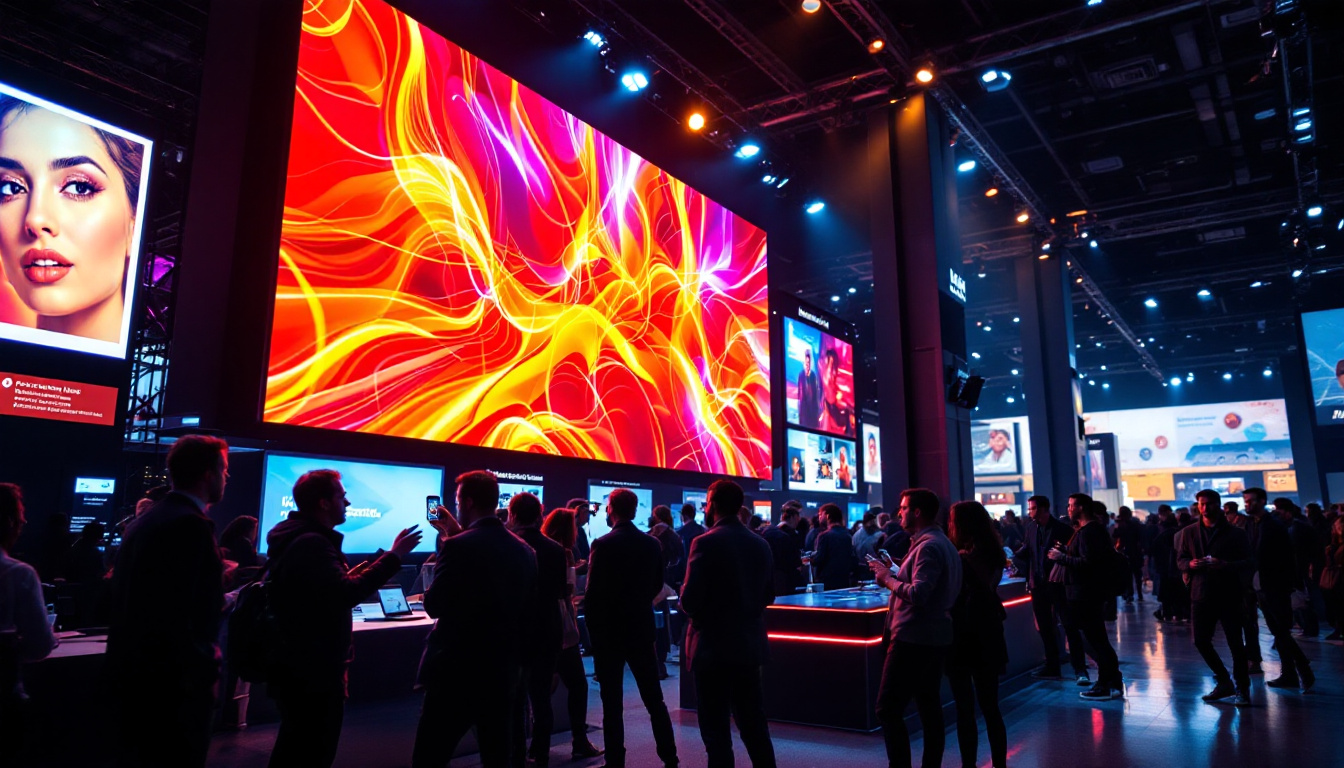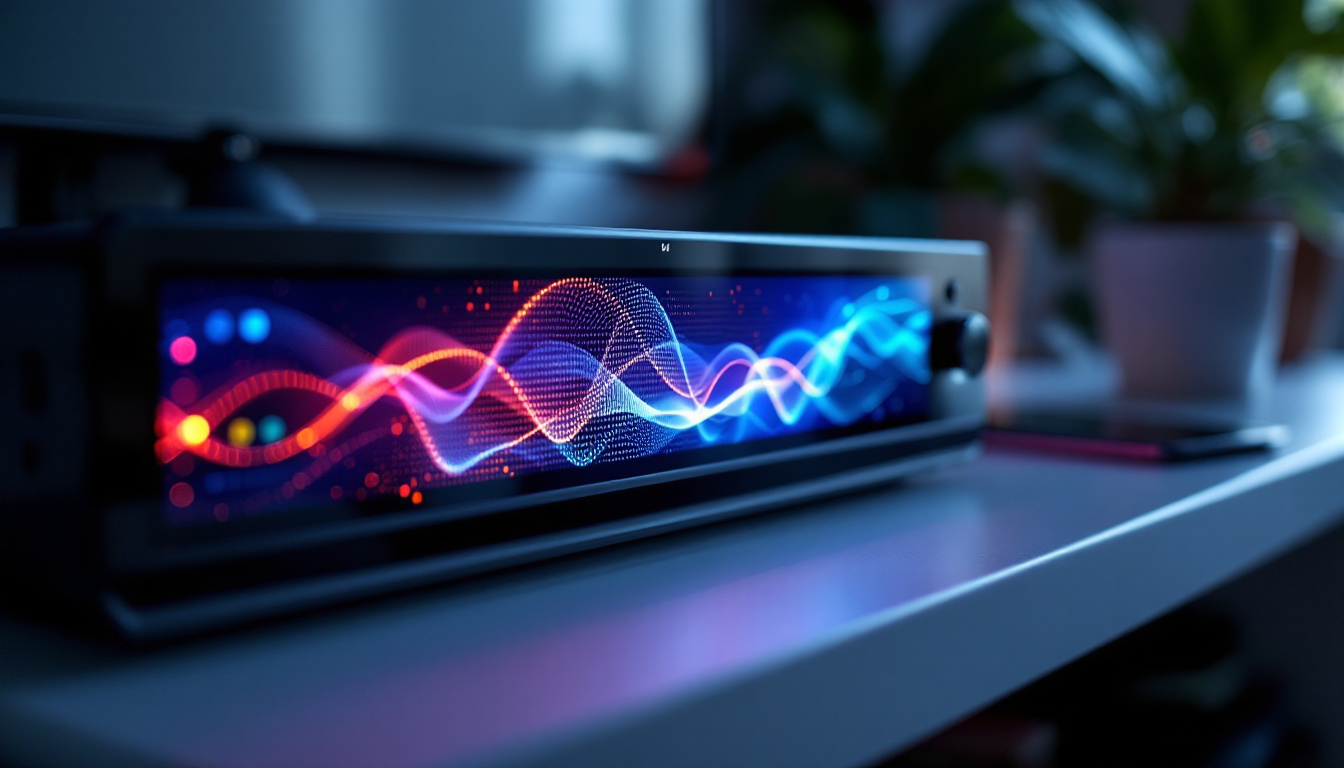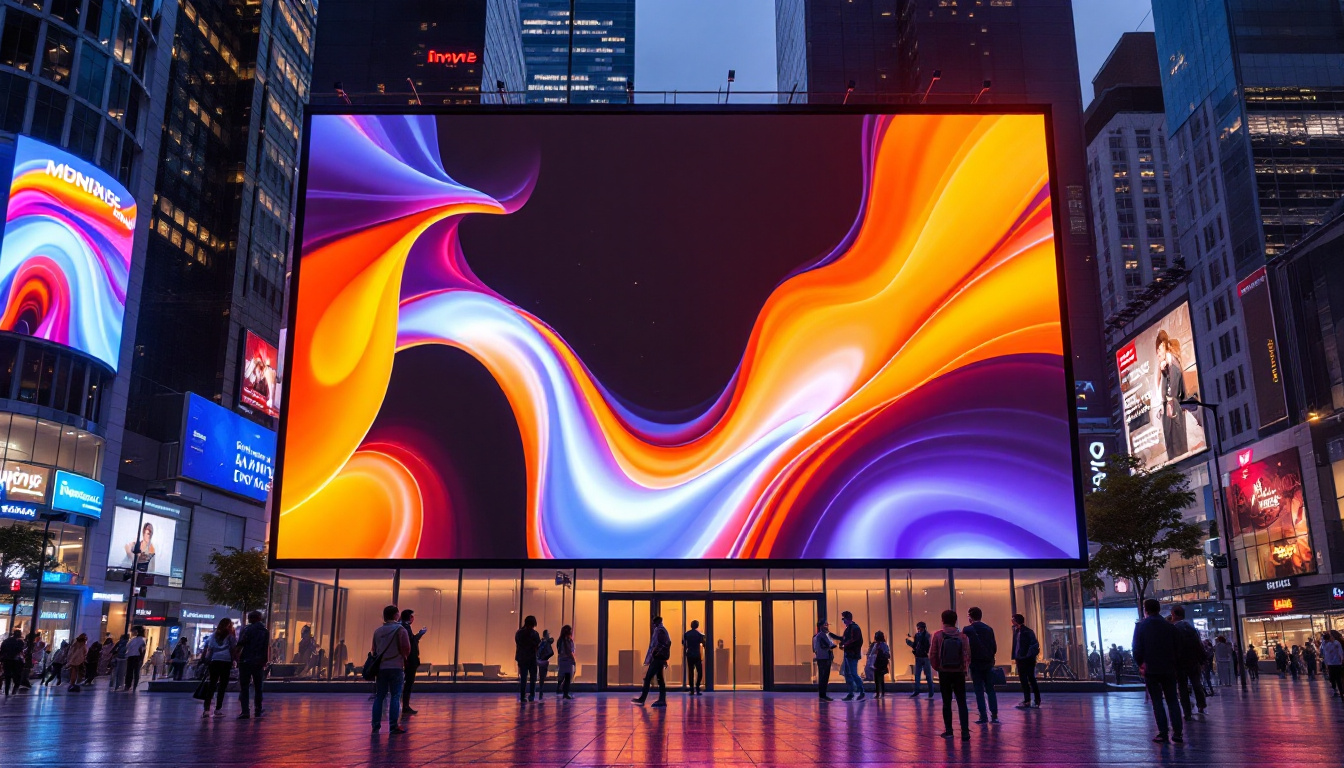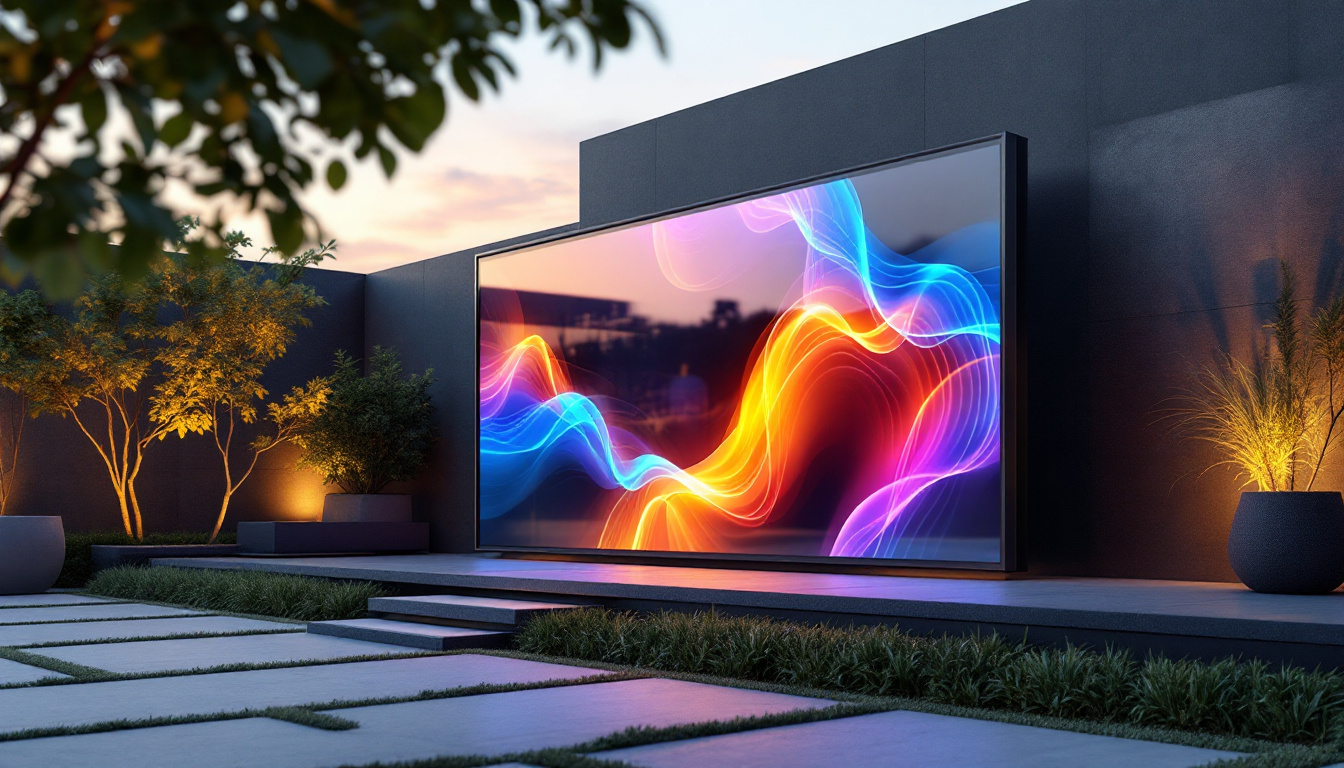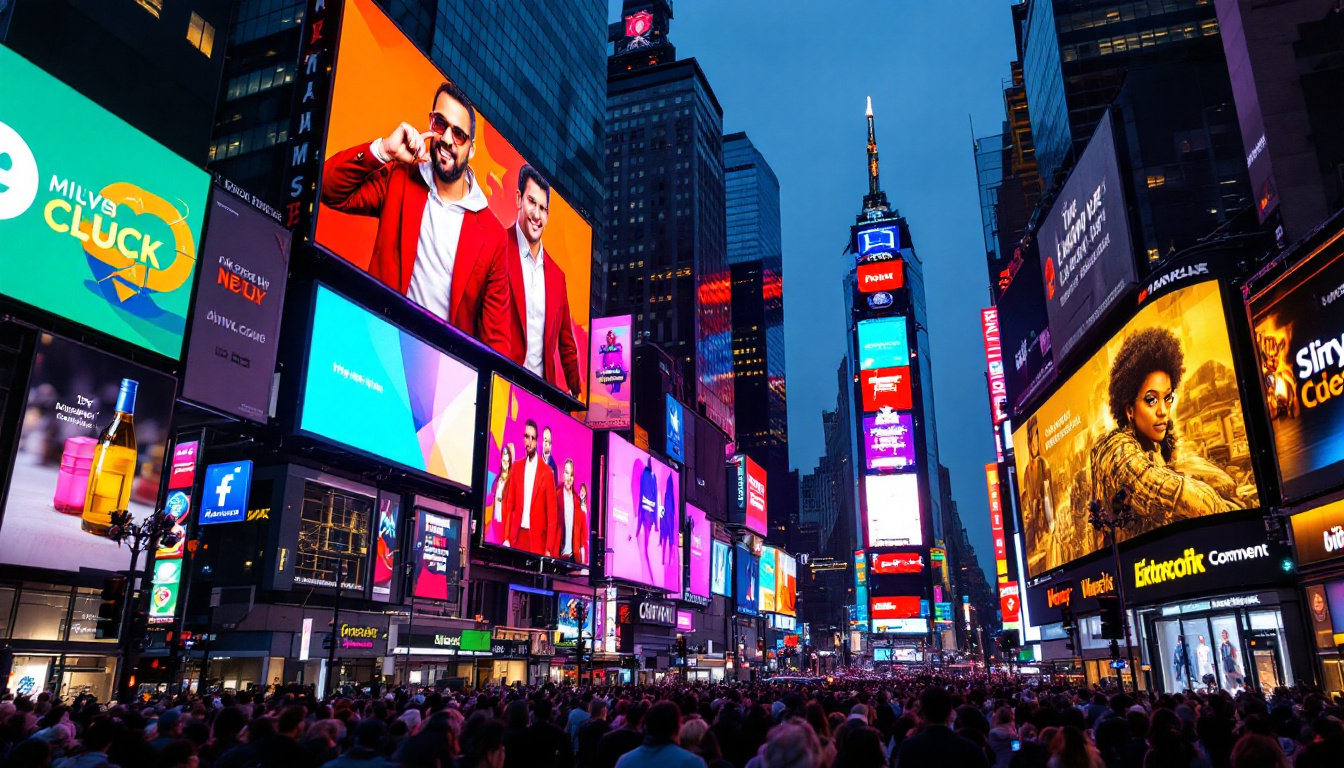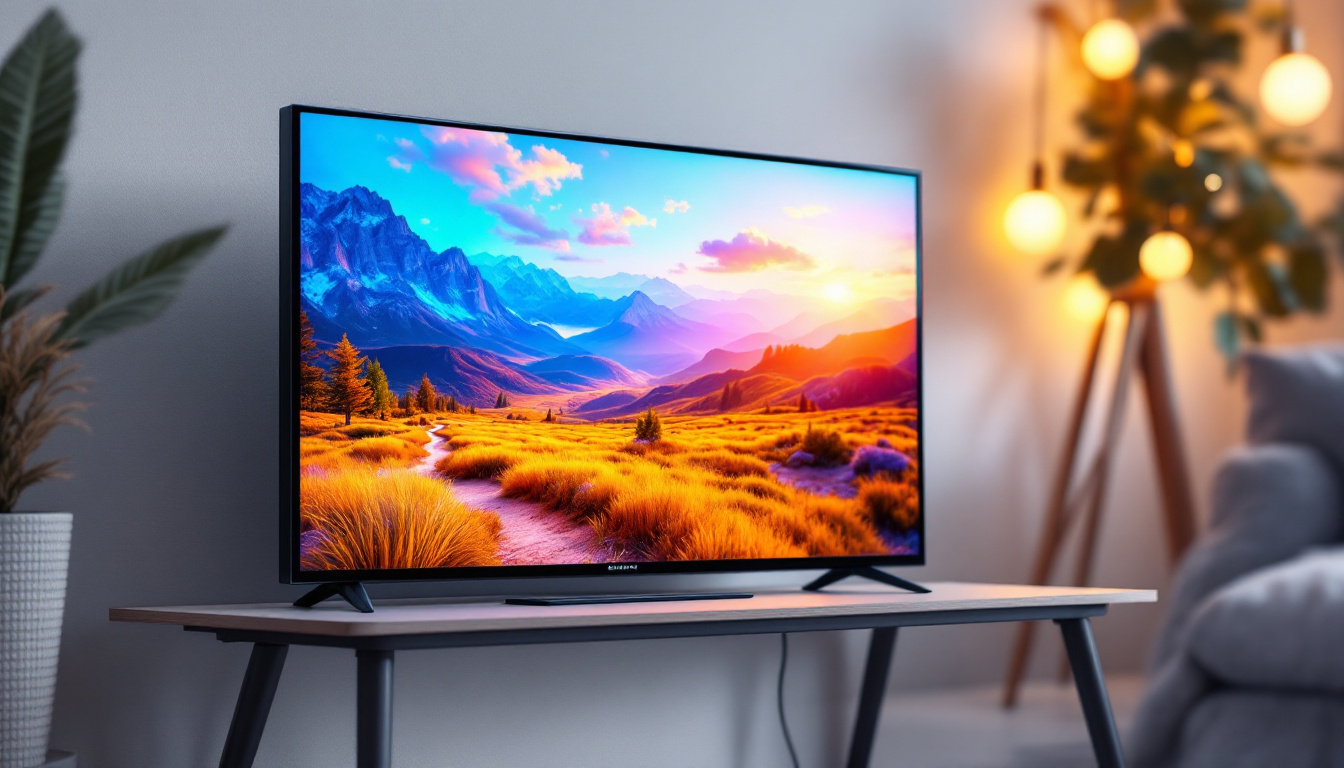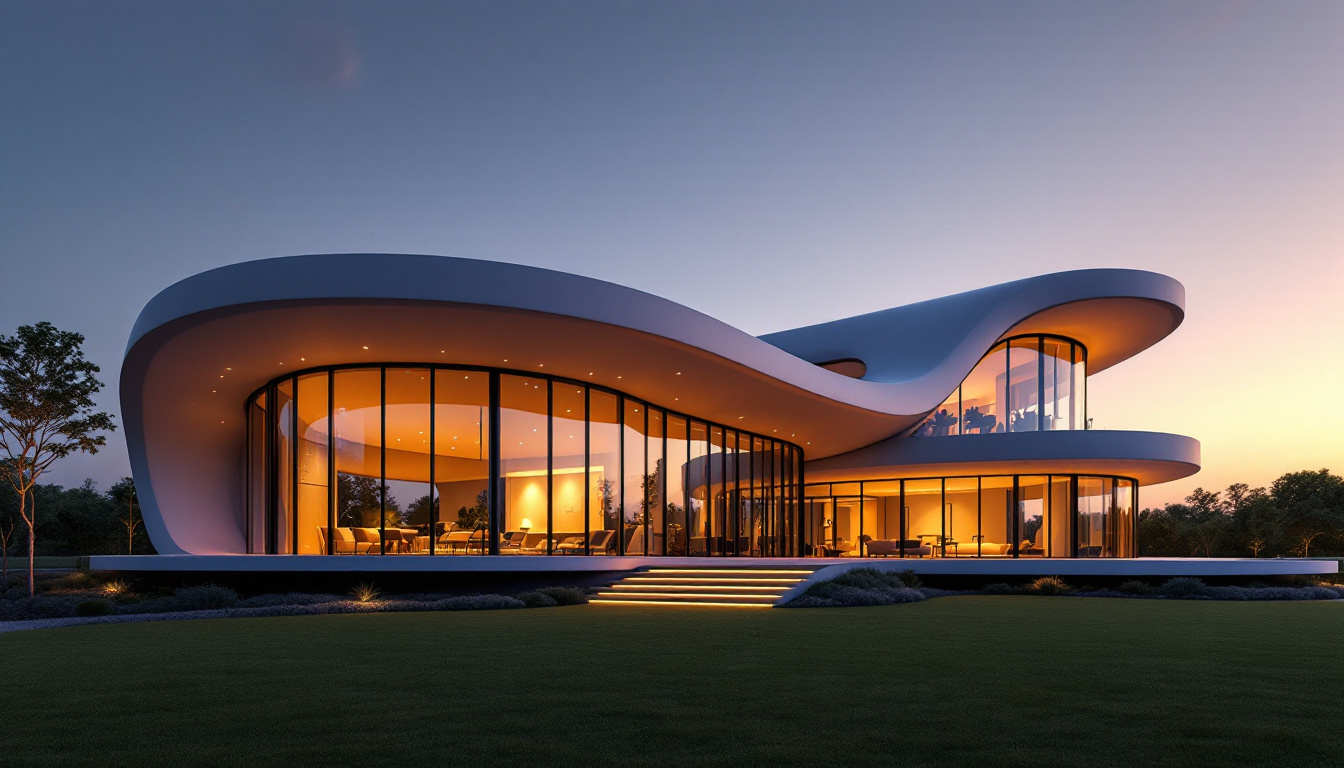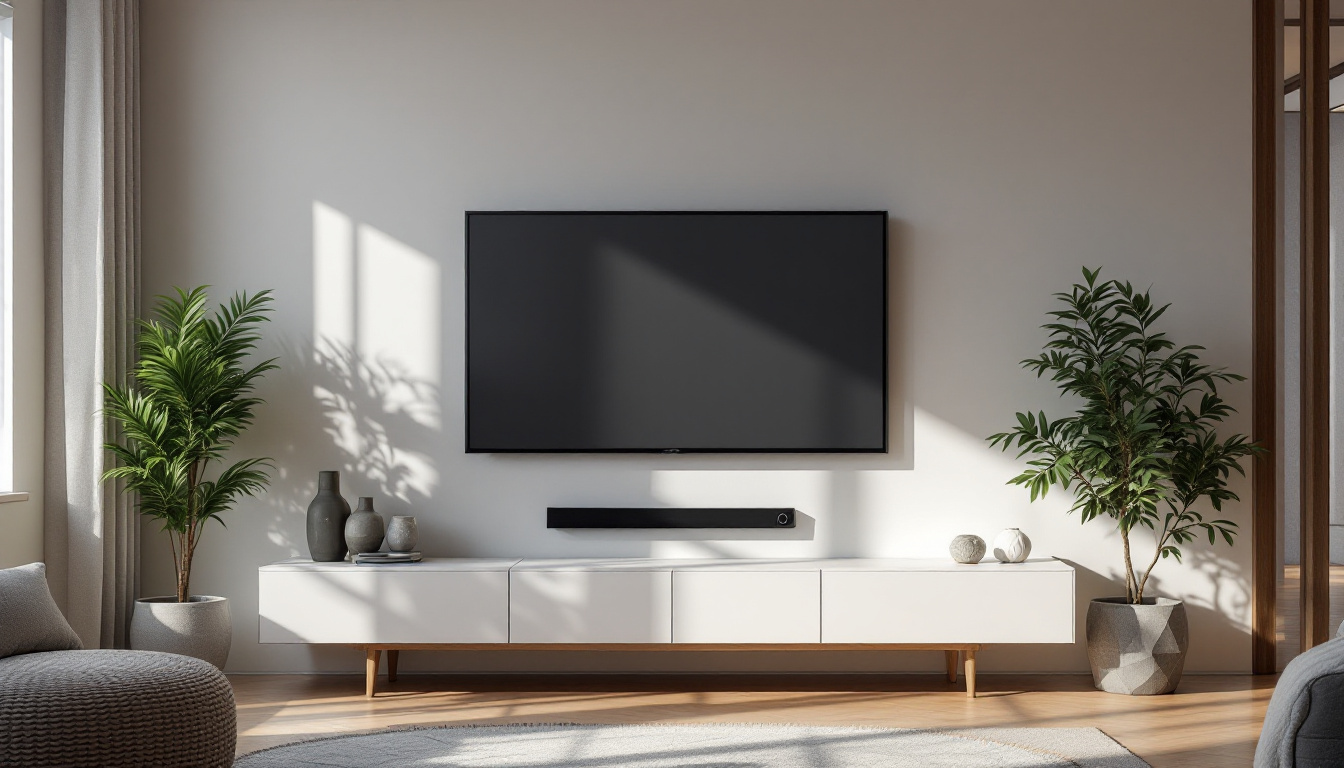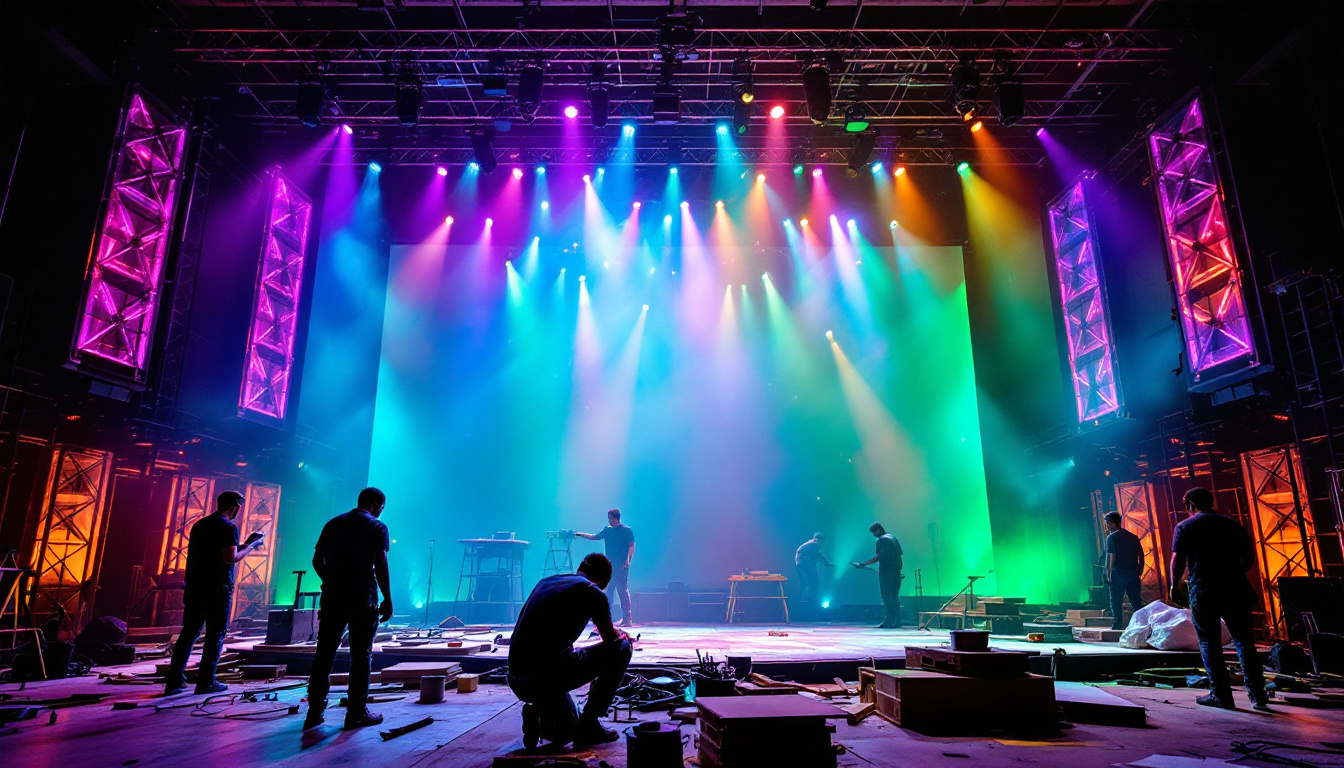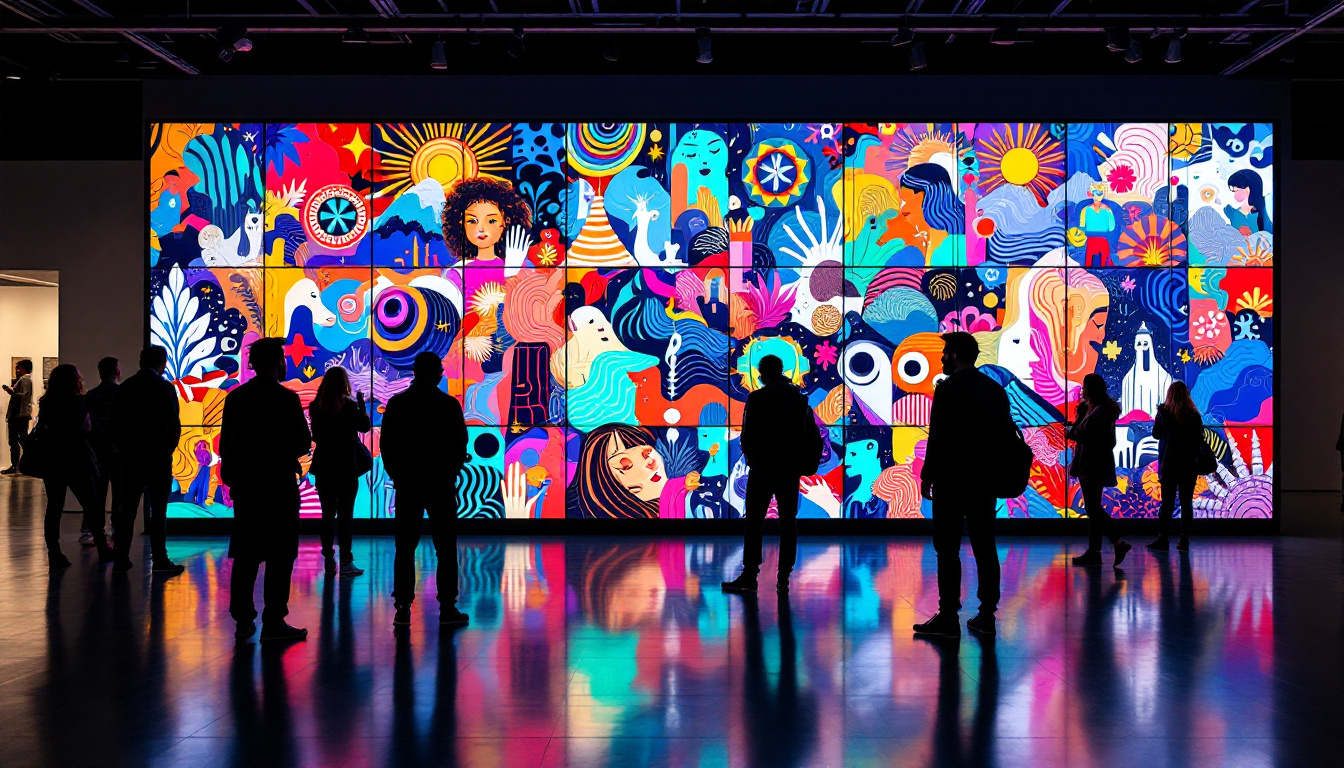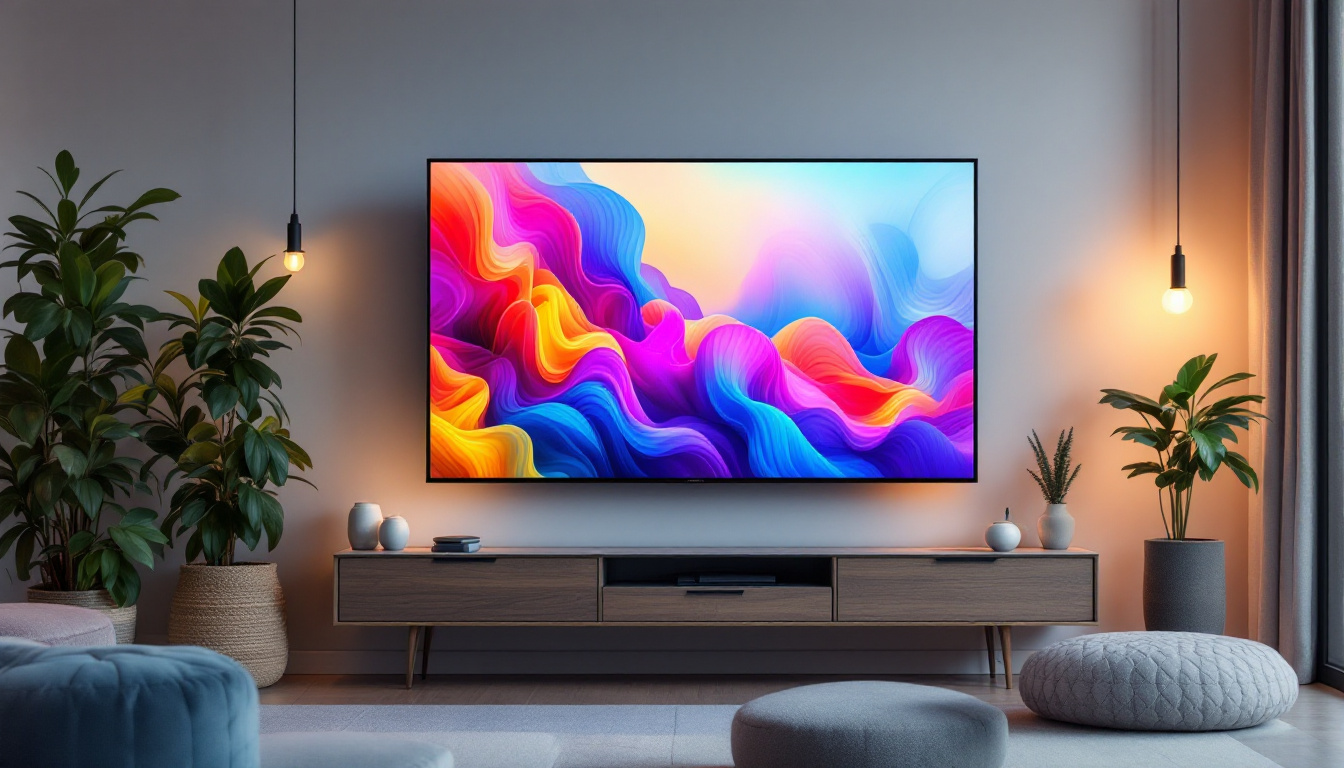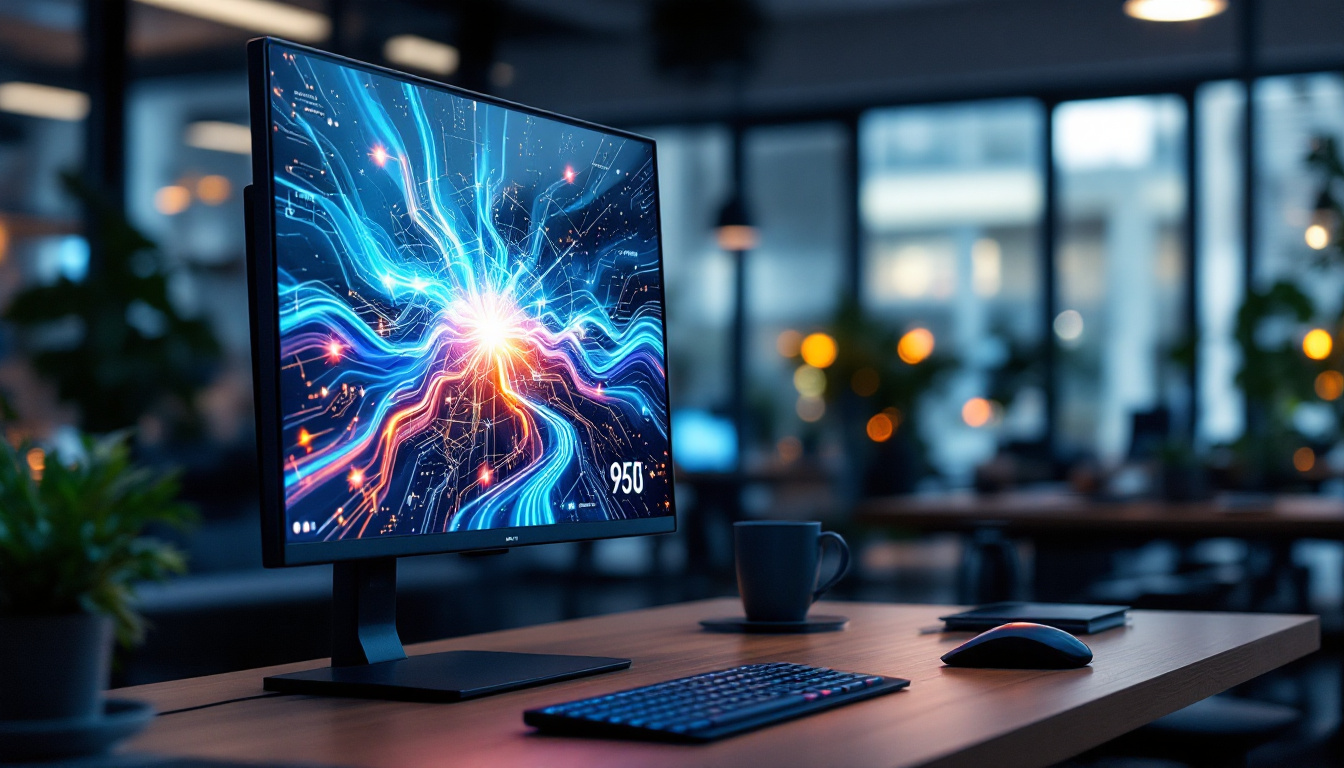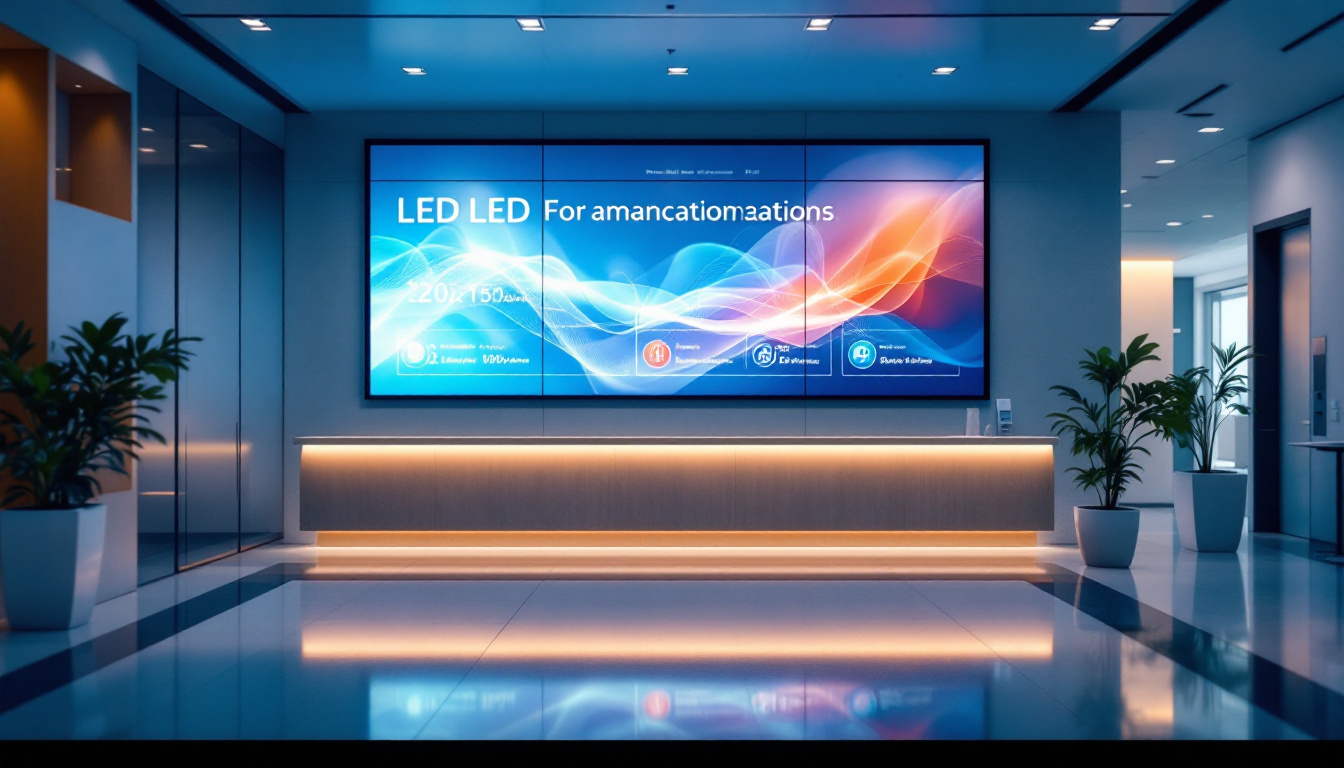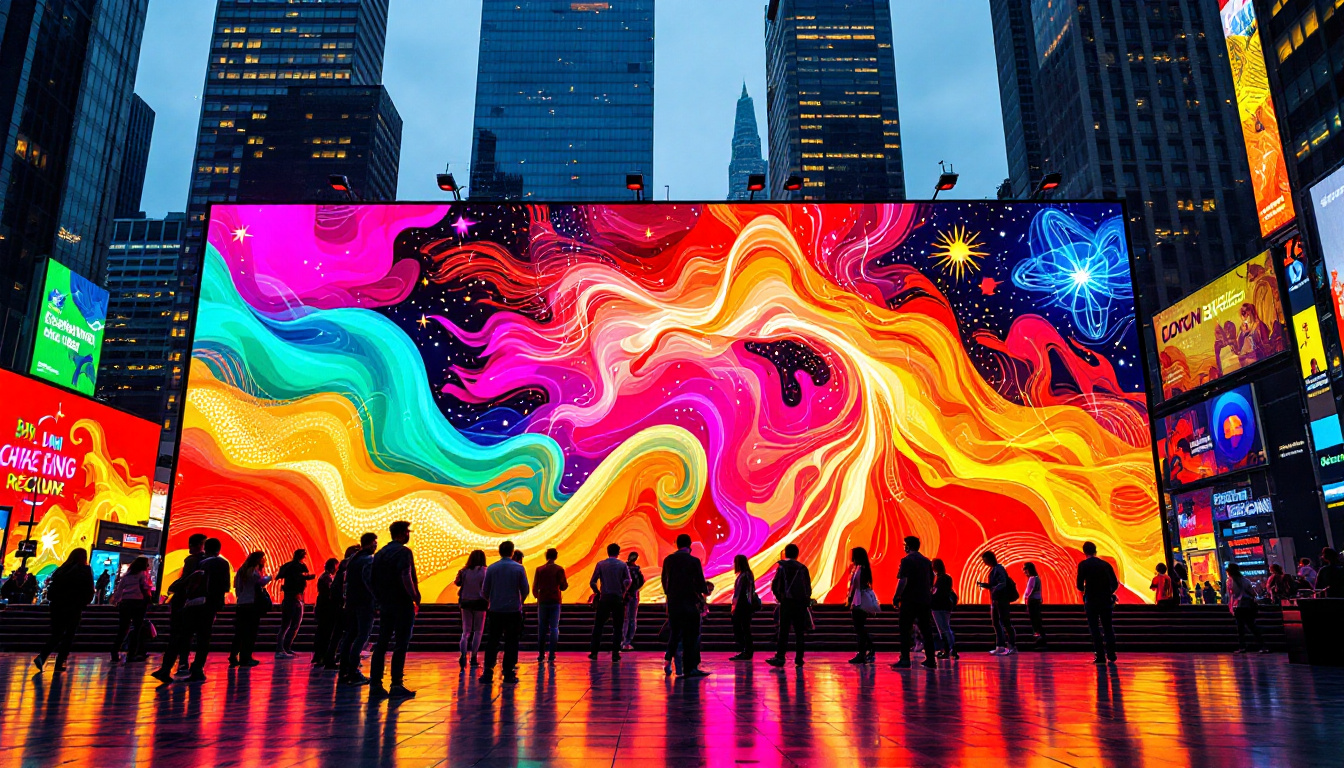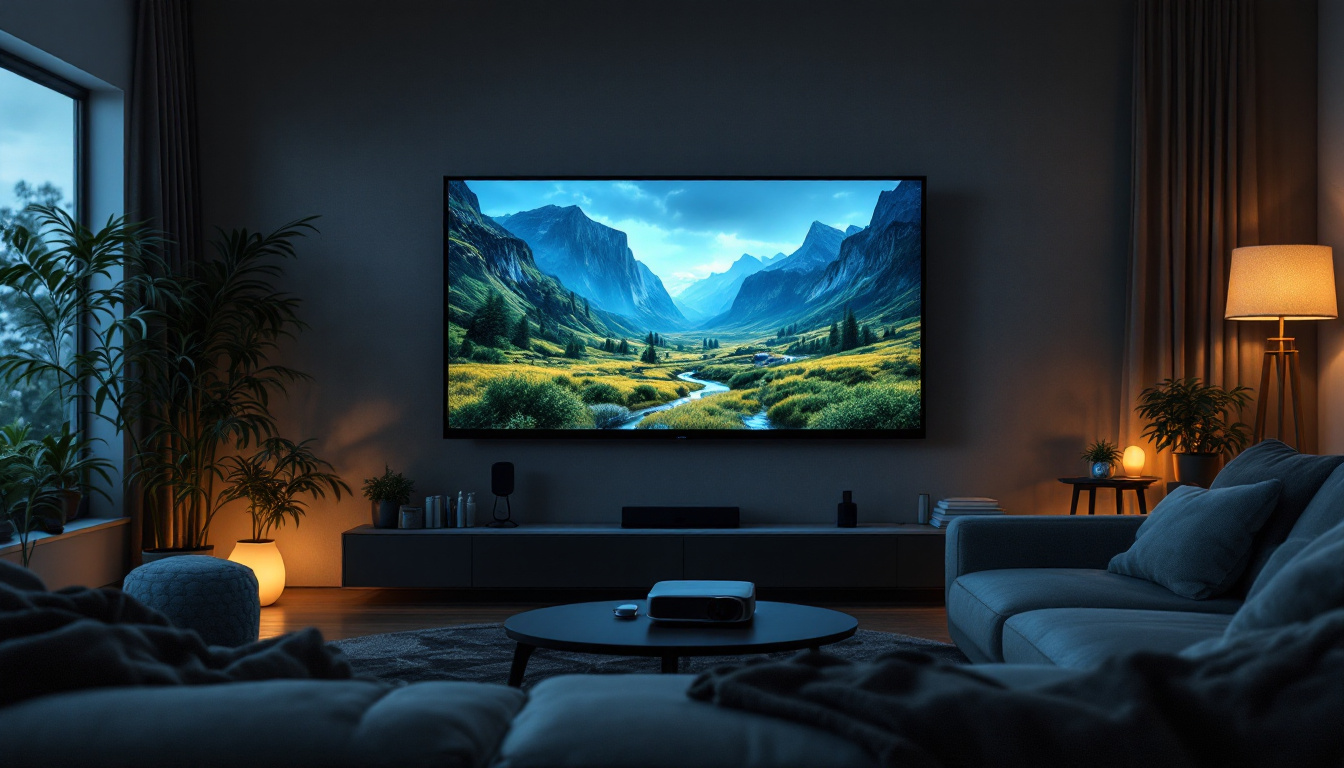In the realm of visual technology, the synergy between projectors and screens is paramount. As projectors evolve, particularly with the advent of LED technology, the screens designed to complement these devices also undergo significant transformations. This article delves into the intricacies of LED displays for projectors, exploring their benefits, types, and considerations for optimal performance.
The Evolution of Projector Screens
Projector screens have come a long way since their inception. Initially, simple white surfaces served as the backdrop for projected images. However, advancements in technology have led to the development of specialized screens that enhance image quality and viewing experiences. LED projectors, in particular, have catalyzed this evolution.
The Role of LED Technology
LED (Light Emitting Diode) technology has revolutionized the way images are projected. Unlike traditional projectors that rely on bulbs, LED projectors use diodes to produce light. This results in brighter images, improved color accuracy, and longer lifespans. As such, the screens designed for these projectors must also be equipped to handle the unique characteristics of LED displays. Furthermore, the compact size and energy efficiency of LED projectors have made them increasingly popular for both home theaters and professional settings, allowing for more versatile installation options. Users can now enjoy high-quality visuals in smaller spaces without compromising on performance.
Screen Materials and Their Impact
The material of a projector screen plays a critical role in how effectively it reflects light and reproduces colors. Common materials include matte white, high-gain, and ambient light-rejecting fabrics. Each type offers distinct advantages and is suited for different environments. For instance, high-gain screens can amplify brightness, making them ideal for well-lit rooms, while matte white screens provide a more uniform color distribution. Additionally, advancements in screen technology have introduced materials that enhance contrast ratios and reduce glare, further improving the viewing experience. Some screens even incorporate specialized coatings that enhance durability and resistance to wear, ensuring they remain in optimal condition for years to come. As a result, consumers have a wider array of options to choose from, tailored to meet specific needs and preferences.
Benefits of Using LED Projector Screens
Investing in a screen specifically designed for LED projectors can significantly enhance the viewing experience. Here are some key benefits that make these screens a worthwhile consideration.
Enhanced Brightness and Color Accuracy
One of the standout features of LED projectors is their ability to produce vivid colors and bright images. When paired with a suitable screen, this capability is amplified. LED screens are often designed to optimize the light output from projectors, ensuring that colors appear more vibrant and details are sharper. This is particularly important in environments where ambient light can interfere with visibility. The use of high-gain materials in these screens can further enhance brightness, making them ideal for both home theaters and professional presentations. This means that even in well-lit rooms, viewers can enjoy a clear and immersive experience without straining their eyes.
Improved Viewing Angles
Another advantage of LED projector screens is their ability to maintain image quality from various viewing angles. Traditional screens often suffer from color distortion and loss of brightness when viewed from the side. However, many LED screens are engineered to provide a wider viewing angle, allowing audiences to enjoy consistent image quality regardless of their position in the room. This feature is particularly beneficial for larger gatherings or events where attendees may be seated at different angles. Additionally, some LED projector screens come with anti-glare coatings, which help to minimize reflections and distractions, ensuring that everyone has a clear line of sight to the projected content.
Durability and Longevity
LED projector screens are also known for their durability and longevity. Unlike traditional projection surfaces that may wear out or degrade over time, many LED screens are constructed from high-quality materials designed to withstand the rigors of frequent use. This means they can maintain their performance and appearance over many years, making them a cost-effective investment. Furthermore, many models are resistant to scratches and stains, ensuring that they remain pristine even in high-traffic environments. This durability not only enhances the aesthetic appeal of the screen but also reduces the need for frequent replacements, which can be a significant advantage for schools, businesses, and event venues.
Versatility in Use
Another compelling benefit of LED projector screens is their versatility. These screens can be used in a variety of settings, from home theaters and classrooms to corporate boardrooms and outdoor events. Many models are portable, allowing for easy setup and takedown, which is ideal for traveling presentations or outdoor movie nights. Additionally, some screens offer the option of being motorized or manual, giving users the flexibility to choose the best installation method for their space. This adaptability makes LED projector screens a practical choice for anyone looking to enhance their visual presentations across different environments.
Types of LED Projector Screens
Understanding the different types of LED projector screens available can help users make informed decisions based on their specific needs and environments. Below are some of the most common types.
Fixed Frame Screens
Fixed frame screens are a popular choice for home theaters and dedicated presentation spaces. These screens are tensioned and mounted on a frame, providing a flat surface that minimizes wrinkles and distortion. They are typically made from high-quality materials that enhance image quality, making them ideal for LED projectors.
Retractable Screens
Retractable screens offer versatility and convenience. These screens can be pulled down for use and retracted when not needed, making them suitable for multipurpose rooms. They come in both manual and motorized options, allowing users to choose based on their preferences and budget. While they may not always provide the same level of tension as fixed frame screens, many modern retractable screens are designed to minimize distortion.
Portable Screens
For those who require flexibility, portable screens are an excellent option. These lightweight and easily transportable screens can be set up in various locations, making them ideal for presentations, outdoor movie nights, or traveling events. While they may not offer the same durability as fixed frame screens, advancements in materials have improved their performance significantly.
Choosing the Right Screen for Your LED Projector
Selecting the appropriate screen for an LED projector involves considering several factors, including the intended use, room conditions, and budget. Here are some essential considerations to keep in mind.
Room Environment
The environment where the projector and screen will be used plays a crucial role in the decision-making process. For instance, a brightly lit room may necessitate a high-gain screen to combat ambient light, while a darkened home theater can benefit from a matte white screen that offers better color accuracy. Understanding the lighting conditions will help in selecting the most suitable screen type.
Screen Size and Aspect Ratio
Screen size should be determined based on the room dimensions and the distance between the projector and the screen. Additionally, the aspect ratio—commonly 16:9 for widescreen or 4:3 for standard—should align with the content being displayed. Ensuring that the screen size and aspect ratio match the projector’s capabilities is essential for optimal viewing experiences.
Budget Considerations
While it may be tempting to opt for the most advanced screen available, it is crucial to establish a budget that reflects both quality and value. Screens can vary significantly in price based on their materials, features, and brand reputation. Balancing quality with budget constraints will lead to a more satisfying purchase.
Installation Tips for LED Projector Screens
Location and Height
Choosing the right location for the screen is critical. It should be positioned at a height that allows viewers to see the entire image comfortably without straining their necks. Additionally, the screen should be placed at an appropriate distance from the projector to avoid distortion and ensure a clear image.
Mounting Options
For fixed frame and retractable screens, secure mounting is essential. Wall-mounted screens should be installed on sturdy surfaces, while ceiling-mounted options require careful consideration of weight distribution. It is advisable to follow the manufacturer’s guidelines for installation to ensure safety and performance.
Maintenance and Care for LED Projector Screens
Cleaning Techniques
Dust and debris can accumulate on projector screens, affecting image quality. Regularly cleaning the screen with a microfiber cloth can help maintain clarity. For more stubborn stains, a gentle cleaning solution may be used, but it is essential to follow the manufacturer’s recommendations to avoid damage.
Storage Considerations
For portable and retractable screens, proper storage is vital. When not in use, screens should be stored in a cool, dry place to prevent warping or damage. If a screen is frequently transported, using a protective case can help safeguard it from scratches and other potential harm.
Conclusion
In conclusion, the integration of LED technology into projectors has transformed the landscape of visual displays. Choosing the right screen to complement an LED projector is crucial for achieving the best possible viewing experience. By understanding the various types of screens, their benefits, and the factors to consider during selection and installation, users can make informed decisions that enhance their visual presentations. Whether for home entertainment, professional presentations, or educational purposes, the right screen can make all the difference in delivering stunning visuals that captivate audiences.
As technology continues to advance, staying informed about the latest developments in projector and screen technology will ensure that users can take full advantage of these innovations. Investing in quality equipment not only enhances the viewing experience but also contributes to the overall enjoyment and effectiveness of presentations, making it a worthwhile endeavor for anyone looking to elevate their visual displays.
Discover LumenMatrix LED Display Solutions
Ready to elevate your visual experience with the latest in LED display technology? Look no further than LumenMatrix, a pioneer in crafting immersive and dynamic LED display modules for every setting. From the vibrant clarity of an Indoor LED Wall Display to the robust brilliance of an Outdoor LED Wall Display, LumenMatrix offers a comprehensive range of solutions tailored to your needs. Whether it’s for a vehicle, sports arena, or custom installation, our mission is to transform your visual communication with displays that captivate and engage. Don’t miss the opportunity to make your message resonate with impact. Check out LumenMatrix LED Display Solutions today and see the difference for yourself.

